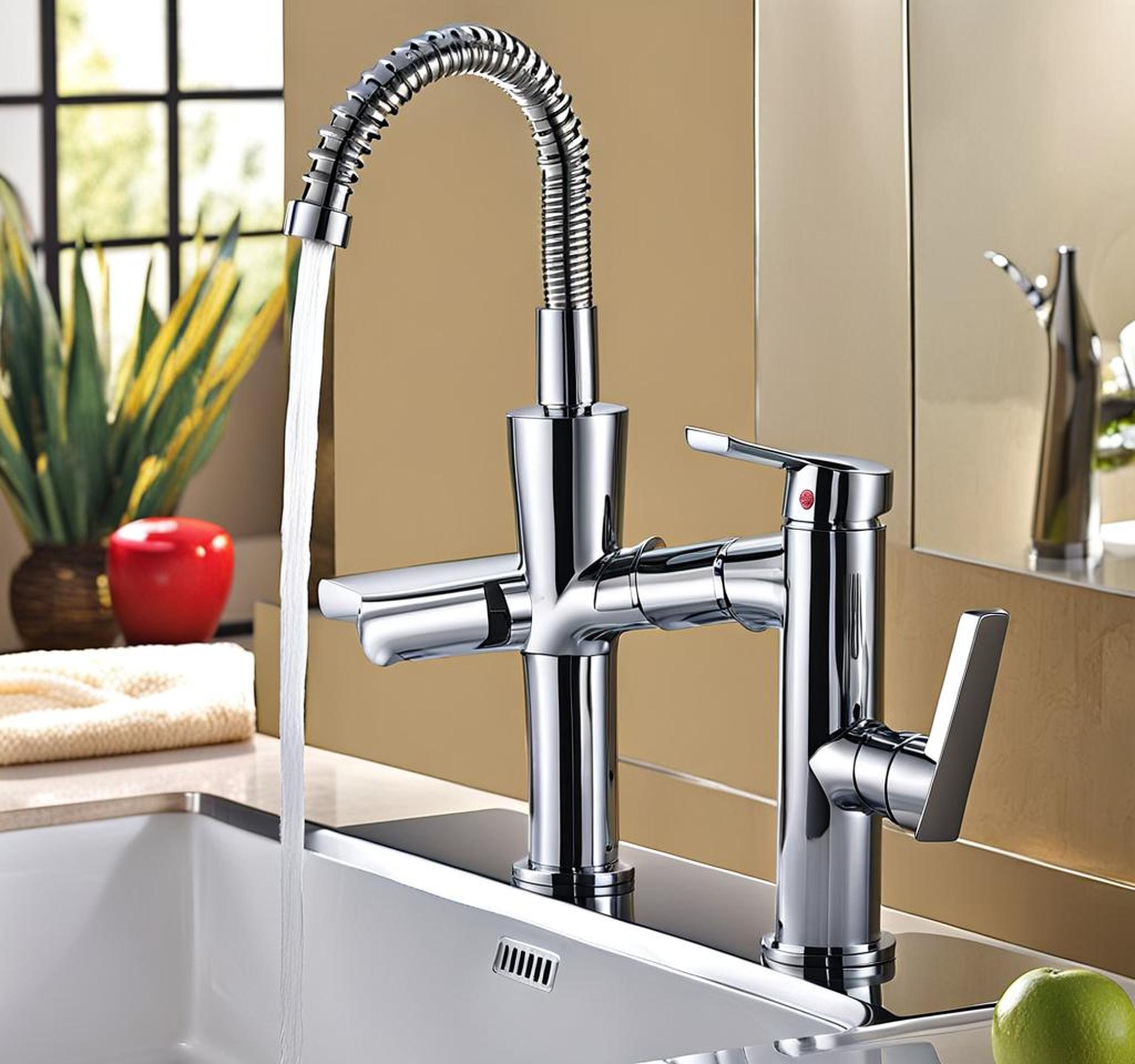Replacing an old, leaky faucet can instantly upgrade the look and functionality of your kitchen or bathroom. But finding the right replacement faucet requires some careful measuring of your existing setup. Get the perfect faucet fit with these key steps for measuring faucet size.
Take Stock of Your Current Faucet
Before shopping for a new faucet, take time to evaluate your existing setup. This will give you a baseline to find the right replacement.
Start by measuring the overall height from the counter to the top of the faucet. Then measure from the counter up to the spout outlet where water flows out. This spout height is important for clearance. Next, measure the spout reach, which is the distance the spout extends from the faucet body. A longer reach gives you more room to work. Finally, make note of the number of mounting holes. This determines the base size and configuration options.
Examine Your Sink’s Faucet Holes
Now shift focus to the sink itself. Use a tape measure to measure the diameter of each faucet mounting hole. This tells you the size of pipe that will fit through. Also confirm the number of holes available. In many cases, you’ll have industry standard 4 inch between-center spacing. But if you have an older sink, the holes may be closer together or oddly spaced.

For accuracy, measure the distance between the centers of the leftmost and rightmost holes. This center-to-center dimension is key for finding a faucet base plate that aligns properly. Having these sink hole measurements on hand reduces surprises during faucet installation.
Account for Clearances
When sizing up a new faucet, you also need to consider clearances. Measure from the center faucet hole forward to the center front of the sink. This impacts how far the spout can extend without interfering with sink access.
Also take measurements from the center faucet hole to the backsplash/wall behind. And measure up to the underside of the cabinet above. This confirms you have room for a high-arc spout and allows faucet handles to swivel freely without bumping into obstructions.
Double Check Your Math
With plumbing projects, accurate measurements are crucial. Once you’ve recorded all the key dimensions, re-measure to verify. Spend time double checking holes sizes, between-center spacing, and height allowances.
It can also be helpful to sketch your sink setup with measurements marked. This gives you a handy visual reference to bring shopping. Keeping detailed notes ensures you buy a faucet that fits correctly the first time.
Use Measurements to Shop Smart
Armed with measurements, you can now shop smart. Look for faucets with the same number of hole openings and which accommodate your sink’s between-center spacing. This allows a secure fit. Also ensure the spout reach falls within your clearances.
Remember to account for the faucet height fitting under cabinets. And pick a faucet style and finish that matches your kitchen or bathroom decor. With your precise measurements, finding an ideal replacement faucet that installs smoothly and functions properly is easy.
Get the Right Connector Holes
Finally, match connector holes to your plumbing. Purchase supply lines with hole diameters that align with your sink. Adapters can allow the use of different size supply lines. Proper connector sizing prevents leaks and maintains water pressure.
Knowing the right dimensions for your existing sink and faucet setup takes the guesswork out of buying a replacement fixture. Follow these measuring tips before shopping to get the perfect faucet fit.
Carefully gauging hole size, between-center spacing, height allowances, and clearances ensures faucet compatibility and optimal functionality. With the right measurements, you can install your new faucet with total confidence.
